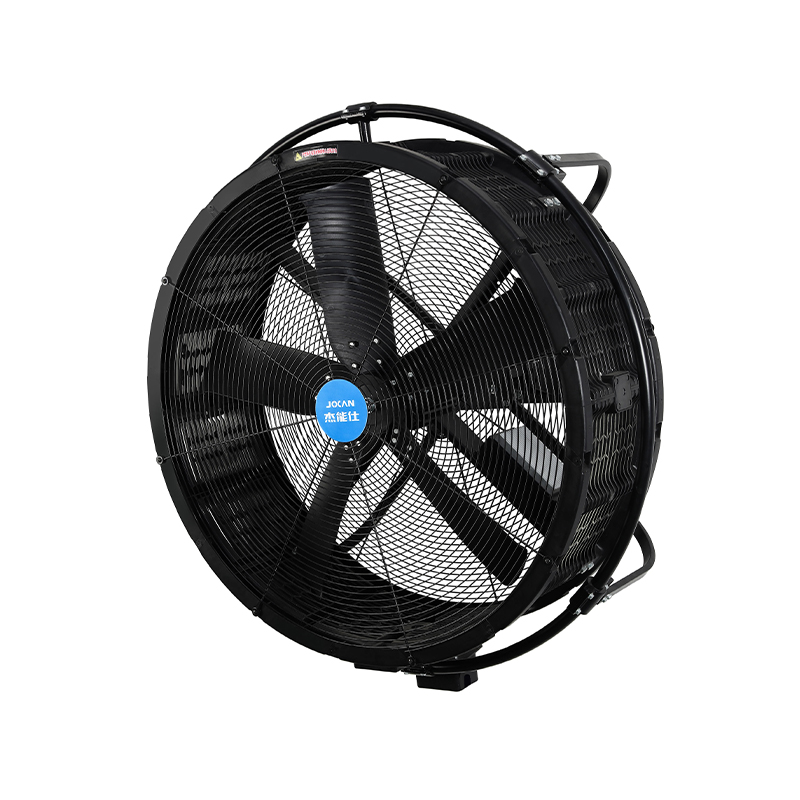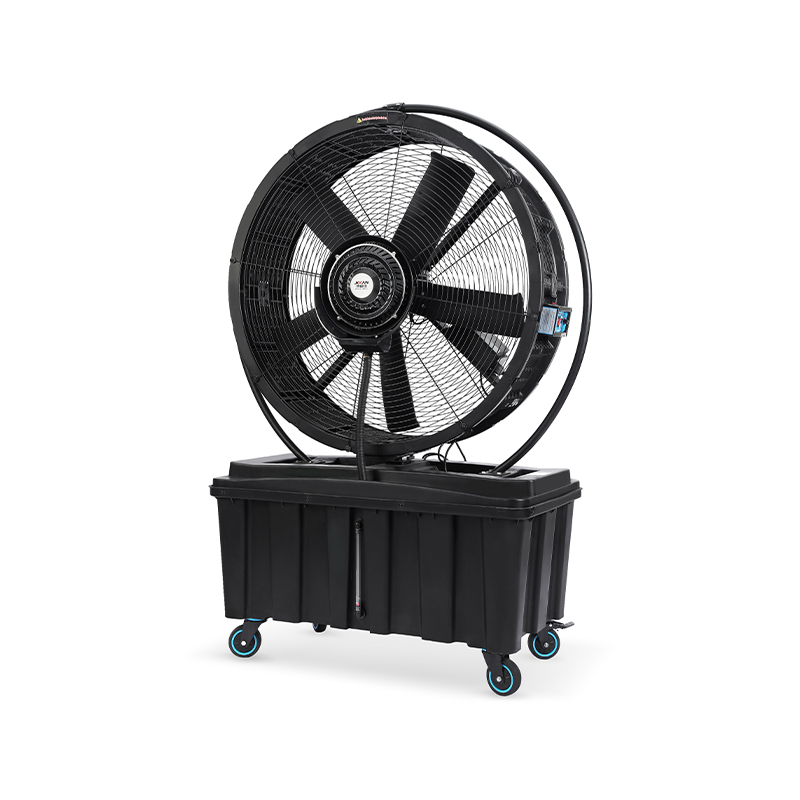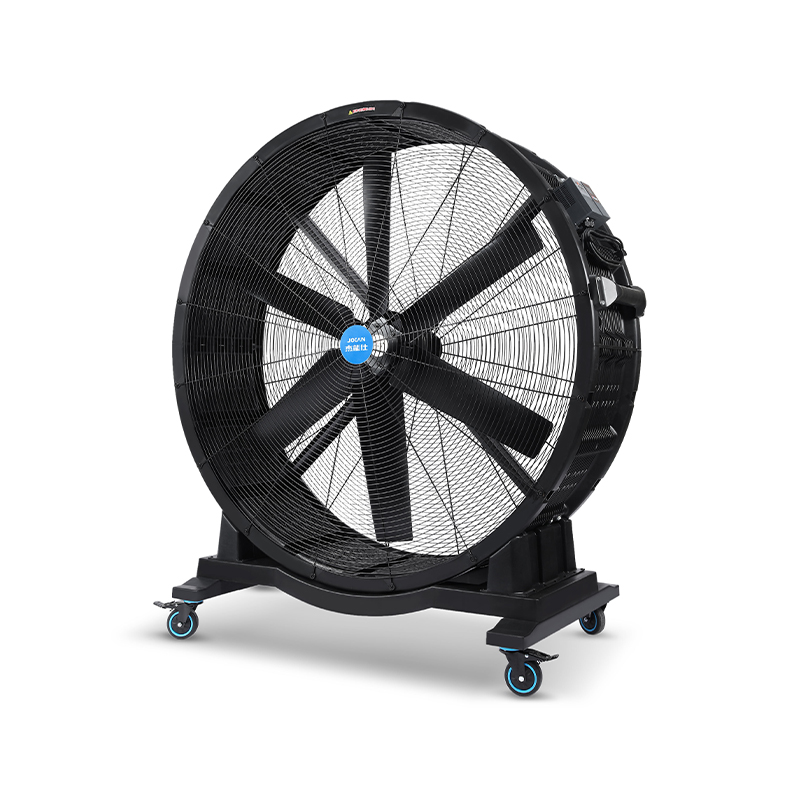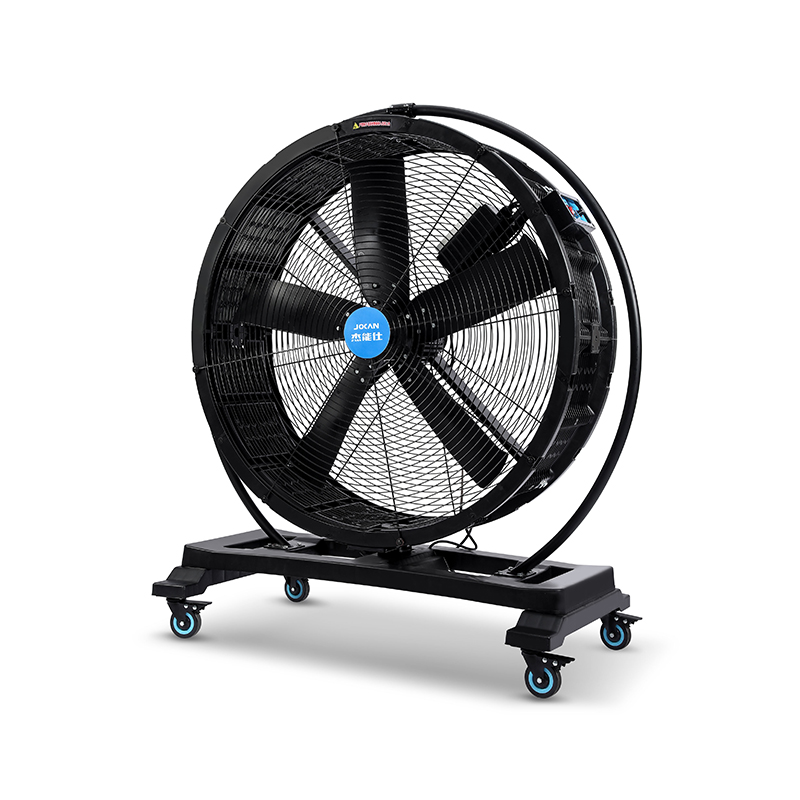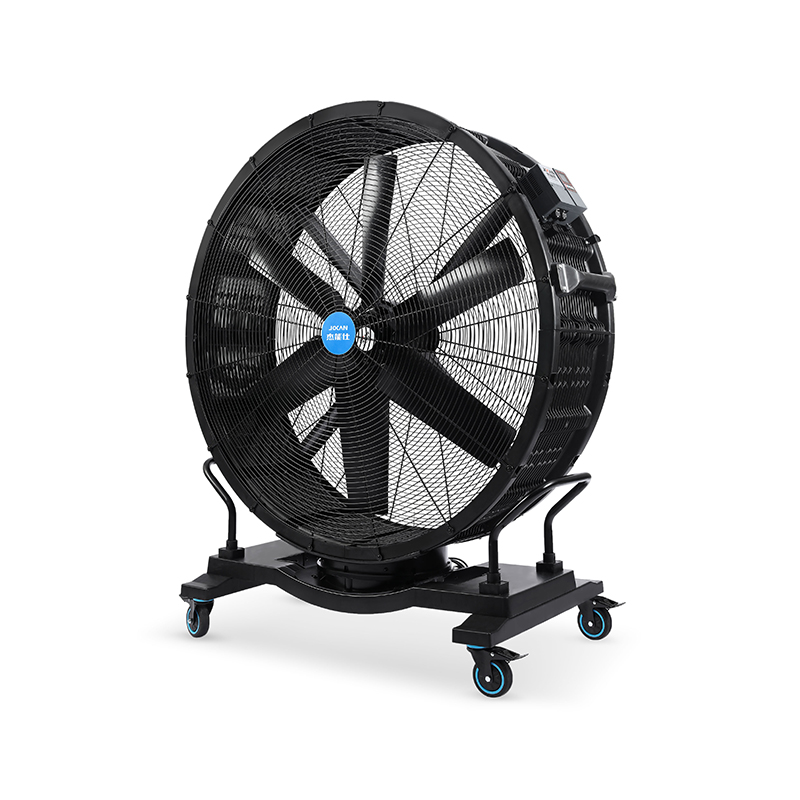This evolution has been driven by the growing demand for more efficient, durable, and adaptable ventilation solutions. Companies and engineers alike are focusing on setting new standards in industrial fan development that address the practical challenges faced in diverse working environments. Among the many types of fans gaining attention are the inline pipe fan, indoor industrial fan, and industrial exterior ceiling fans. These products represent the cutting edge in how air movement and ventilation are managed across industries.
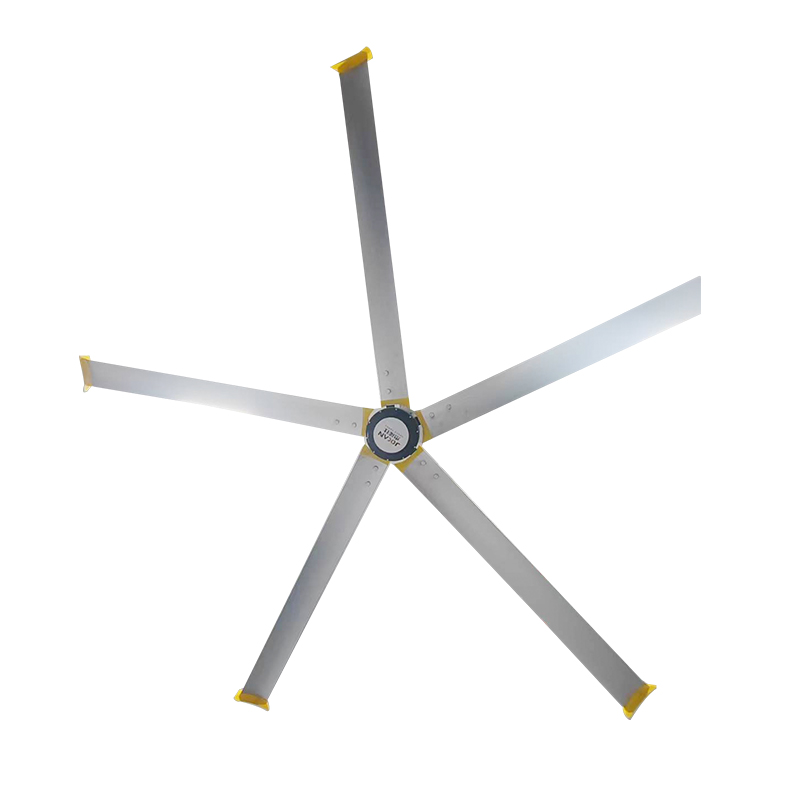
The inline pipe fan has become an essential component in many ventilation systems. Its design, which allows it to be installed directly within ductwork, makes it ideal for improving airflow without taking up extra space. The compact nature of an inline pipe fan allows it to fit seamlessly into complex duct systems, providing consistent and controlled air movement. Unlike traditional fans, the inline pipe fan is designed to reduce noise and vibration, which can be a significant factor in industrial settings where sound control is important. The ongoing development of these fans has included enhancements in motor efficiency and blade design to optimize airflow while keeping energy use reasonable.
Another focus of industrial fan development is the indoor industrial fan, which plays a crucial role in maintaining air quality and comfort inside large facilities. Indoor industrial fans are typically designed to circulate air effectively in warehouses, factories, and manufacturing plants. Their ability to create consistent airflow helps regulate temperature and reduce the buildup of dust and fumes. Recent improvements in indoor industrial fans have aimed to increase airflow distribution without compromising on energy efficiency. By advancing motor technology and fan blade aerodynamics, manufacturers have enhanced the reliability and longevity of these fans. The indoor industrial fan's role extends beyond simple air circulation; it supports safer working conditions and can contribute to the overall productivity of an industrial space.
On the other hand, industrial exterior ceiling fans have become an increasingly popular choice for outdoor and semi-outdoor industrial environments. These fans are mounted on ceilings or overhead structures and are designed to provide broad, even airflow in large exterior spaces such as loading docks, outdoor warehouses, and industrial yards. The development of industrial exterior ceiling fans has focused on building fans that withstand harsh weather conditions while maintaining consistent performance. Materials used in these fans have been chosen carefully to resist corrosion and wear, which are common issues in outdoor industrial settings. Additionally, the size and blade design of industrial exterior ceiling fans are tailored to provide gentle but effective airflow that improves ventilation without causing discomfort to workers or equipment.
What sets the current generation of inline pipe fans, indoor industrial fans, and industrial exterior ceiling fans apart is the attention paid to their adaptability and integration with modern industrial systems. These fans are no longer simple standalone units; they are designed to be part of intelligent ventilation systems that can respond dynamically to environmental changes. For instance, inline pipe fans now often come equipped with variable speed drives, allowing operators to adjust airflow based on current needs, thus conserving energy. Similarly, indoor industrial fans are increasingly compatible with automated controls and sensors that monitor temperature and air quality, adjusting fan speed accordingly.
Industrial exterior ceiling fans have also benefited from technological improvements in control systems. Many of these fans can be integrated with building management systems, allowing facility managers to schedule operation times or adjust settings remotely. This level of control not only enhances efficiency but also extends the lifespan of the fans by reducing unnecessary operation. The ability of these fans to perform reliably in demanding environments while contributing to overall energy savings marks a clear advancement in industrial fan technology.
Alongside these functional improvements, attention to user experience and maintenance has become a priority. Inline pipe fans, indoor industrial fans, and industrial exterior ceiling fans have been designed with easier access for cleaning and repairs, reducing downtime in busy industrial settings. The use of modular components means that parts can be replaced or upgraded without needing to remove the entire fan. This modular approach is particularly valuable in industrial environments where maintenance windows are limited and operational continuity is crucial.
Looking forward, the ongoing research and development in industrial fan technology suggest a continued trend toward more efficient, adaptable, and resilient products. Innovations in materials science, motor technology, and control systems will likely further influence the design and functionality of inline pipe fans, indoor industrial fans, and industrial exterior ceiling fans. This progress will allow these fans to better meet the varied needs of industrial environments while aligning with broader goals of sustainability and operational efficiency.
In summary, setting new standards in industrial fan development means creating solutions that are effective, energy-conscious, and built to endure. Inline pipe fans provide space-saving, quiet airflow within duct systems; indoor industrial fans enhance air circulation and workplace conditions indoors; and industrial exterior ceiling fans improve ventilation in outdoor industrial settings with durability and broad coverage. Together, these types of fans represent the evolution of ventilation technology as it responds to the complex demands of modern industry.
 Add: Plot 23, Huanglang Industrial Zone, Jinqing Town, Luqiao District, Taizhou City, Zhejiang Province
Add: Plot 23, Huanglang Industrial Zone, Jinqing Town, Luqiao District, Taizhou City, Zhejiang Province
 TEL: +86-13586083215
TEL: +86-13586083215

 English
English English
English عربى
عربى 한국어
한국어


